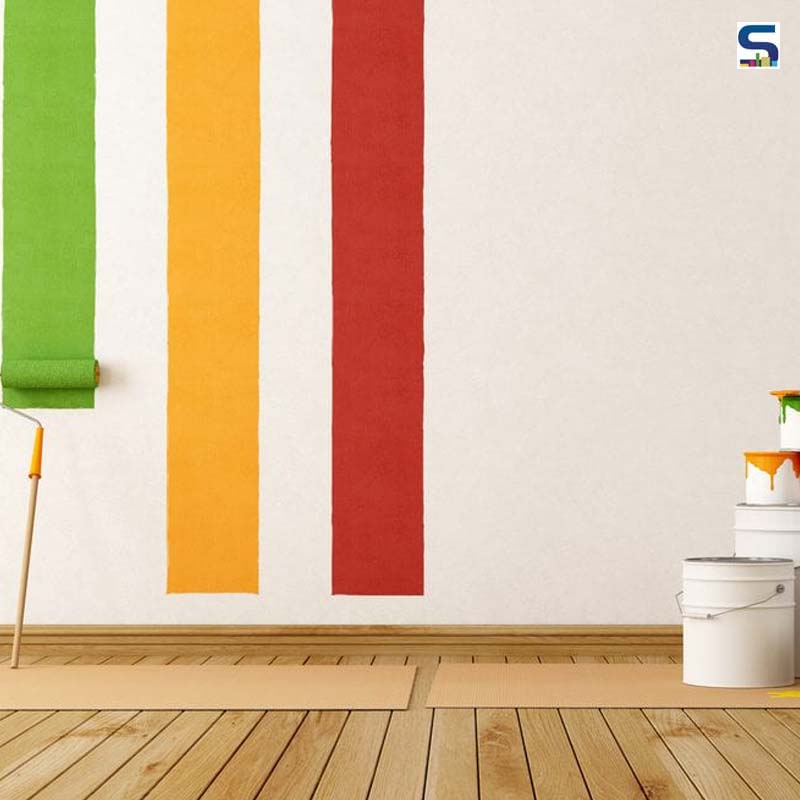
Picking colour for your indoors can be a really tough task. One might go gaga while finding the right colour for the right room. There are various problems faced and mistakes made while painting. Here’s how to combat them to success.
Picking the right paint is more like getting lost in the world wonderful full of hues, shades, textures and tints. You may eventually, at a ‘eureka point’ understand what goes well with your rooms and your taste and what doesn’t.
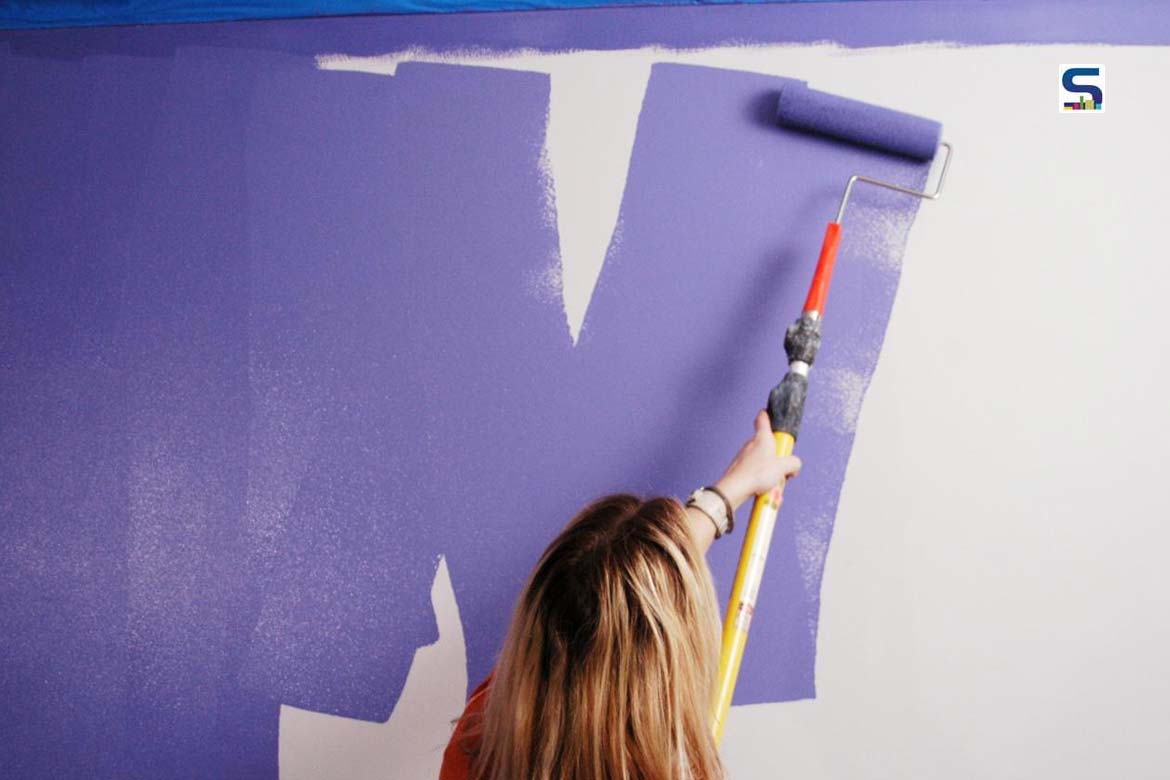
Alas, even after choosing the right paint and texture, you might make at least 2-3 mistakes while painting your walls, yourself. We, at Surfaces Reporter (SR), care about your homes and therefore, to help you achieve the perfect walls, have listed a few very common painting-related mistakes and how you can avoid them. Read on: -
Choosing the right colour: It is always better to choose the right colour for the right room, this brings a new and lavishing look to your house. You see, since every room comes with a certain mood, it is important to make sure that the colour you choose also compliments your furniture and rugs. For example: you must never choose shades of green on the wall with interiors having indigo in them.
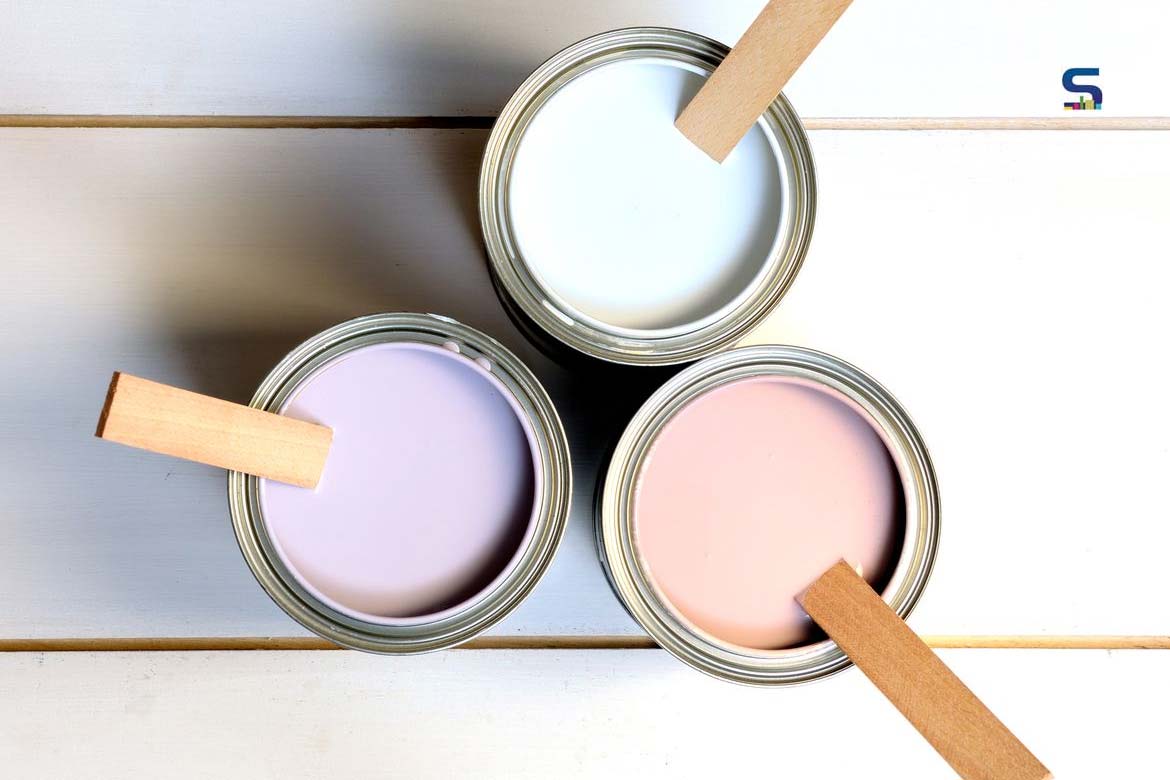
It is always easy to find what the right colour for your walls to match your furniture but it can also be very expensive when you paint the wall according to your taste but, have to change your furniture to match the walls. Therefore, it is always better to choose light colours like grey, lavender or blue for your bedroom as these are calming colours. Also, stick to prominent colours like white, brown, cream, beige and grey for living rooms to make sure that they look bigger and spacious.
Not testing the colours beforehand: while choosing the colour for your walls, it is always better to get a shade card of colours and testers to test them on your walls before actually painting your room.
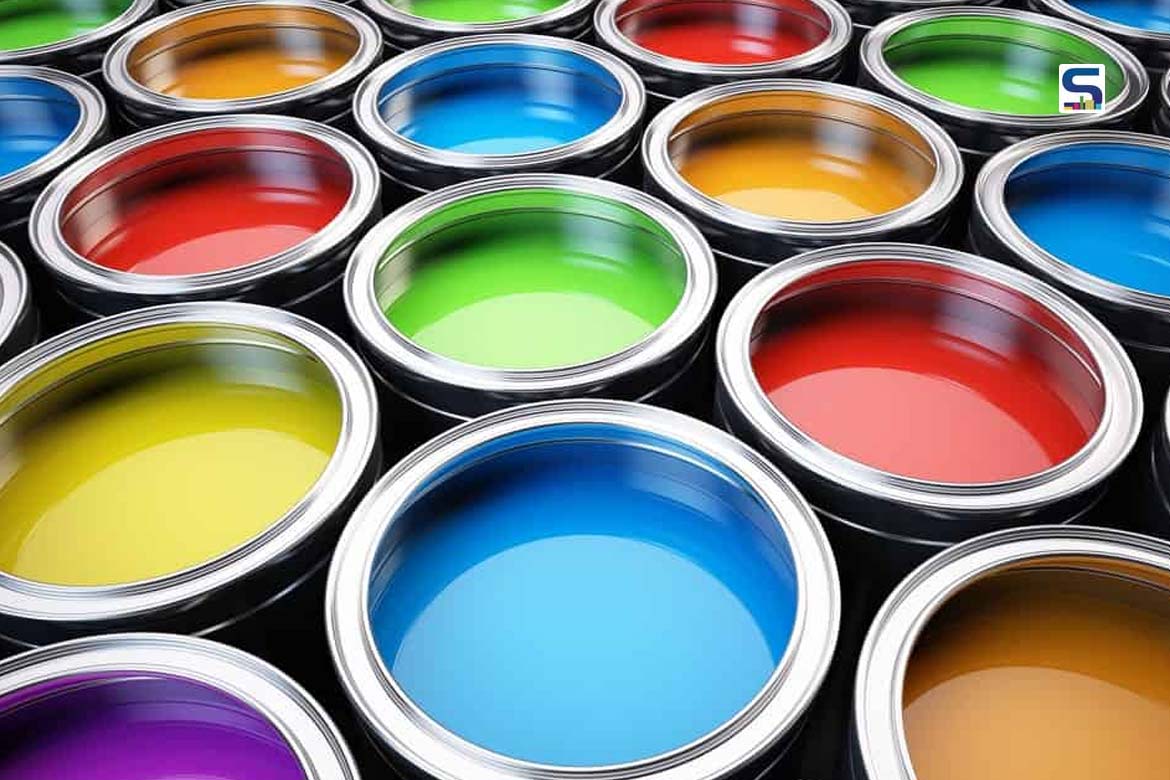
You can also paint a small area on your wall just to get a feel of the colour and get used to with the colour. This way, if you do not like the chosen colour, you can change it and go with any other tint you want, post this.
Ignoring the paint finishes: some people tend to choose matte and flat paints that are water-based and that come off when touched too often. These types of shades are better for ceilings and walls that are rarely ever touched. For example, the walls of living room or the dining room.
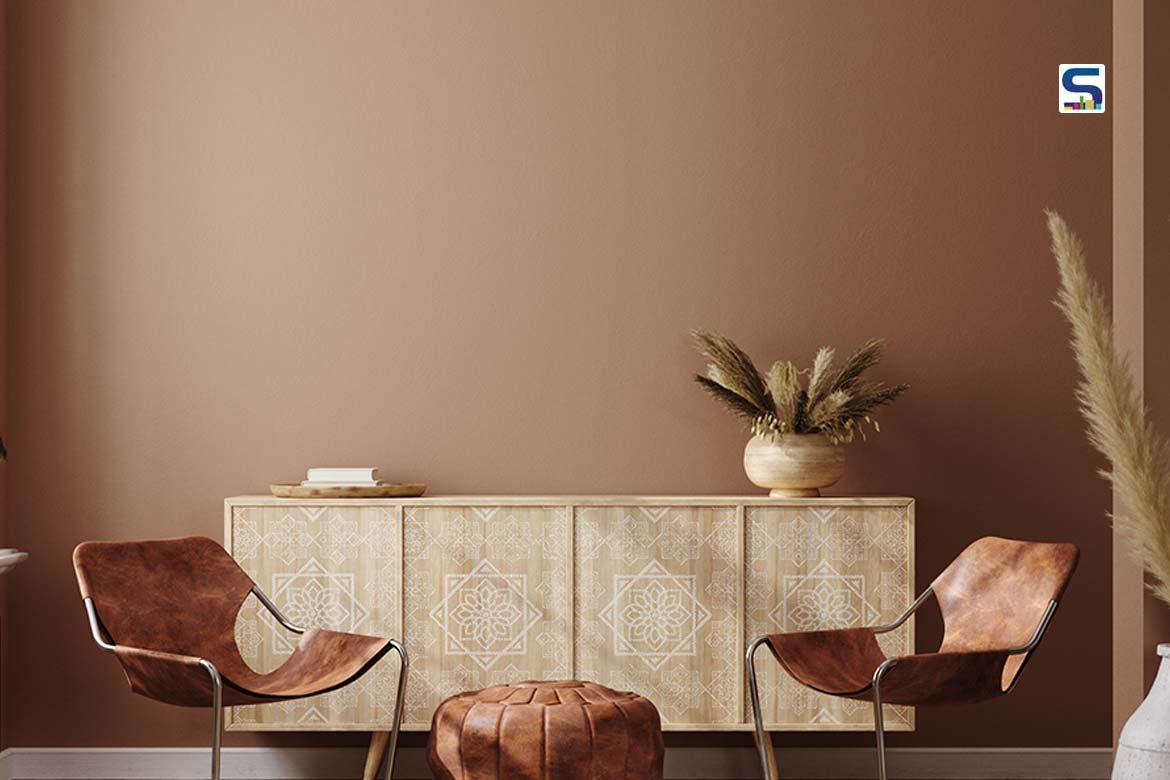
Satin finish paints go better in high traffic areas like kitchen, bathrooms, halls and bedrooms since they can hold up to cleaning and light scrubbing while gloss paints are oil based and look better at mouldings, doors, cabinets and trims. You must keep the properties of each type of paint in mind and then choose the right quality for your walls.
Avoid paint bubbles: if you are willing to paint your walls yourself, then you must keep in mind that paint bubbles are a major problem that just, naturally occurs. These bubbles may occur when the paint can is moved or stirred too much creating natural lumps.
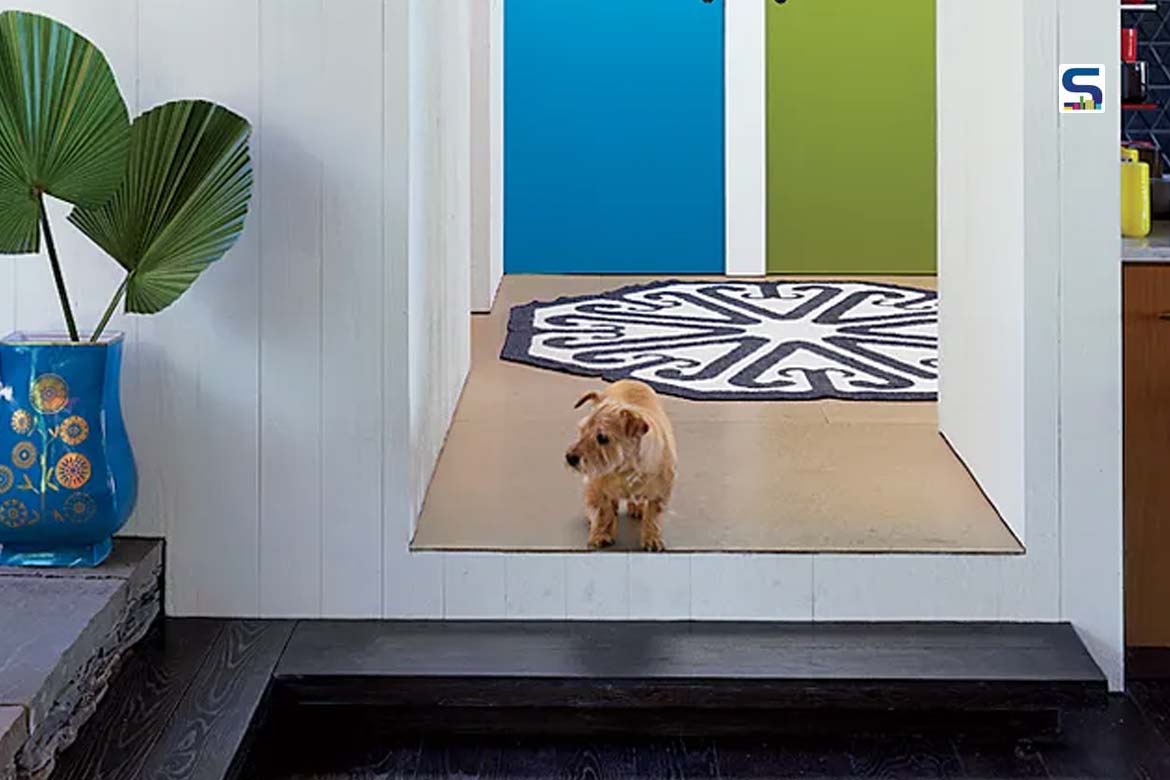
They might also occur when you apply paint rapidly or because of the wrong roller or paint brush. Make sure that your surface is even and non-porous otherwise the wall will look dry, uneven and flaky. Do not let these tiny bubbles dry otherwise they will form lumps and craters which will be hard to treat and ruin your room’s look.
Painting the ceiling last: It is always important to paint your ceilings first and then paint your walls. This way, the extra paint dripping from ceiling on the walls will be avoided, making the room look brighter and fresh.
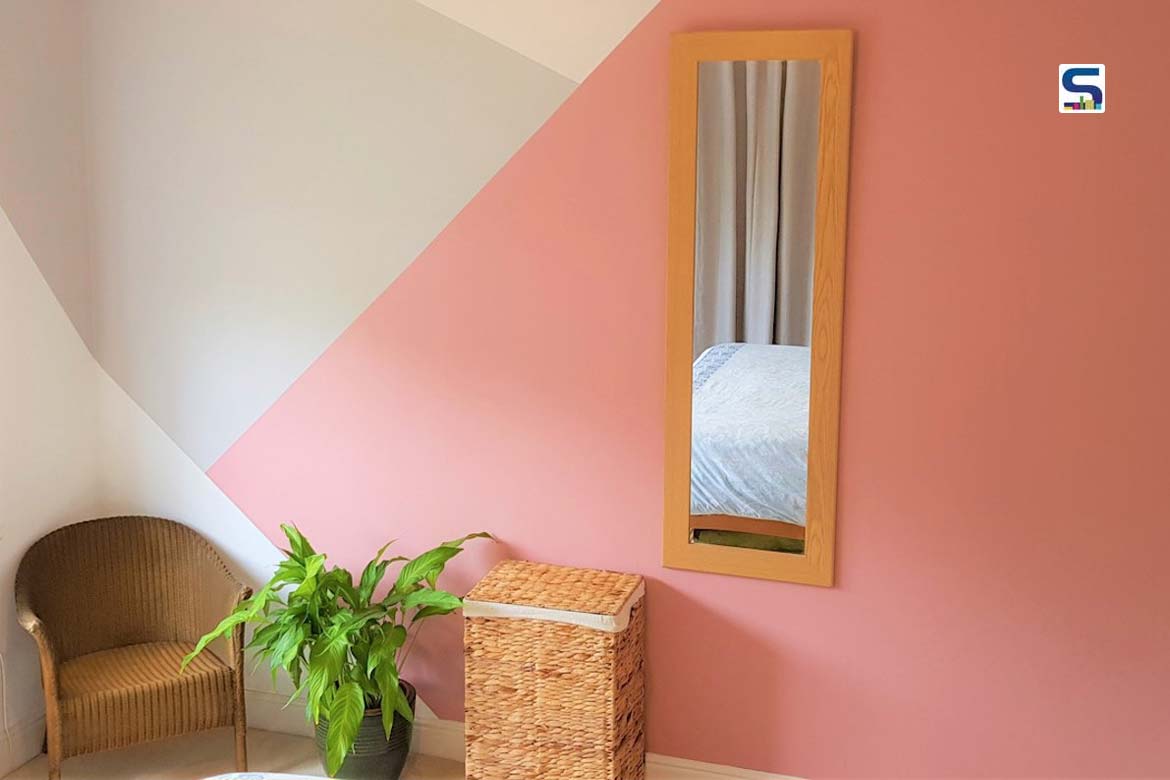
Uneven coverage: Some people end up applying a lot less paint on their walls than required. If you want your walls to look flawless, then applying the right amount of paint at the right time is necessary. Let the first coat dry and only then, apply the second coat to make your walls look even and flawless.
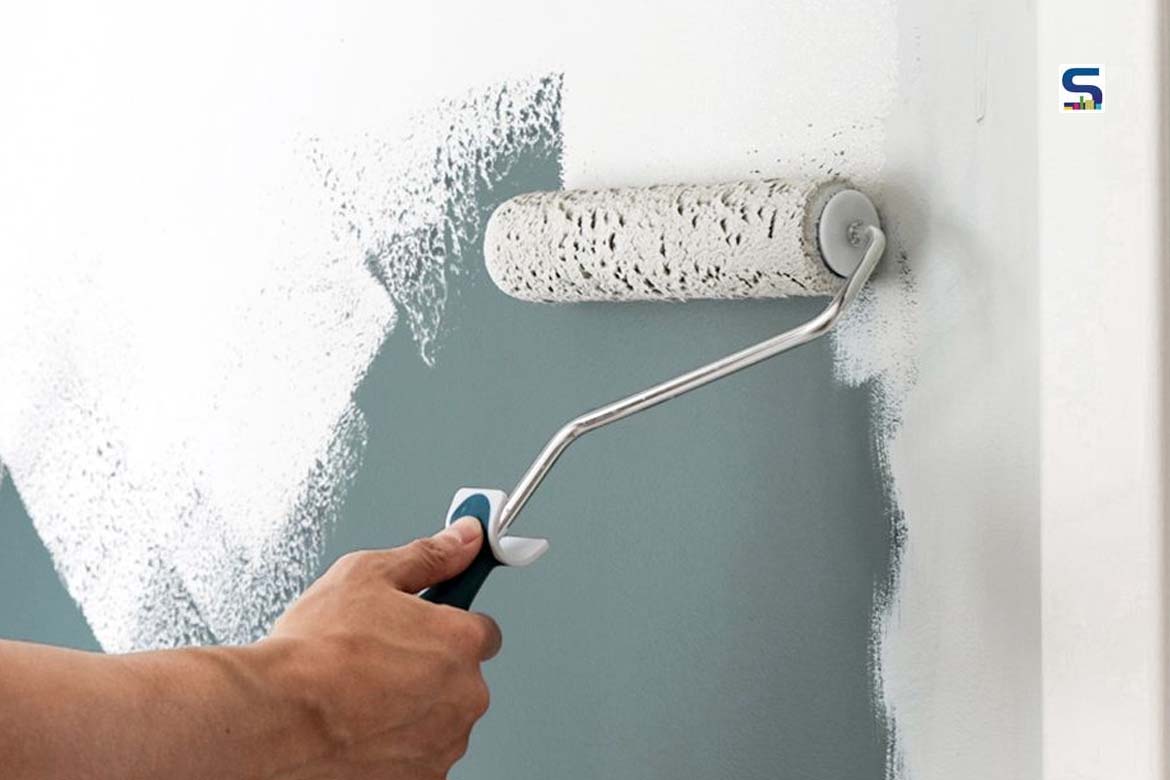
Not checking the weather and re-coating the frame: paints do not do well with extremely high or low temperatures. Make sure to check the weather prior to painting your walls. Paints dry slower in high humidity levels and your walls end up with paint bubbles. On the other hand, cold weather makes the paint dry evenly, causing cracks and peels. Try and paint your walls in spring or summer where the temperature does not fluctuate between the day and night and prevent your paints from peeling and cracking.
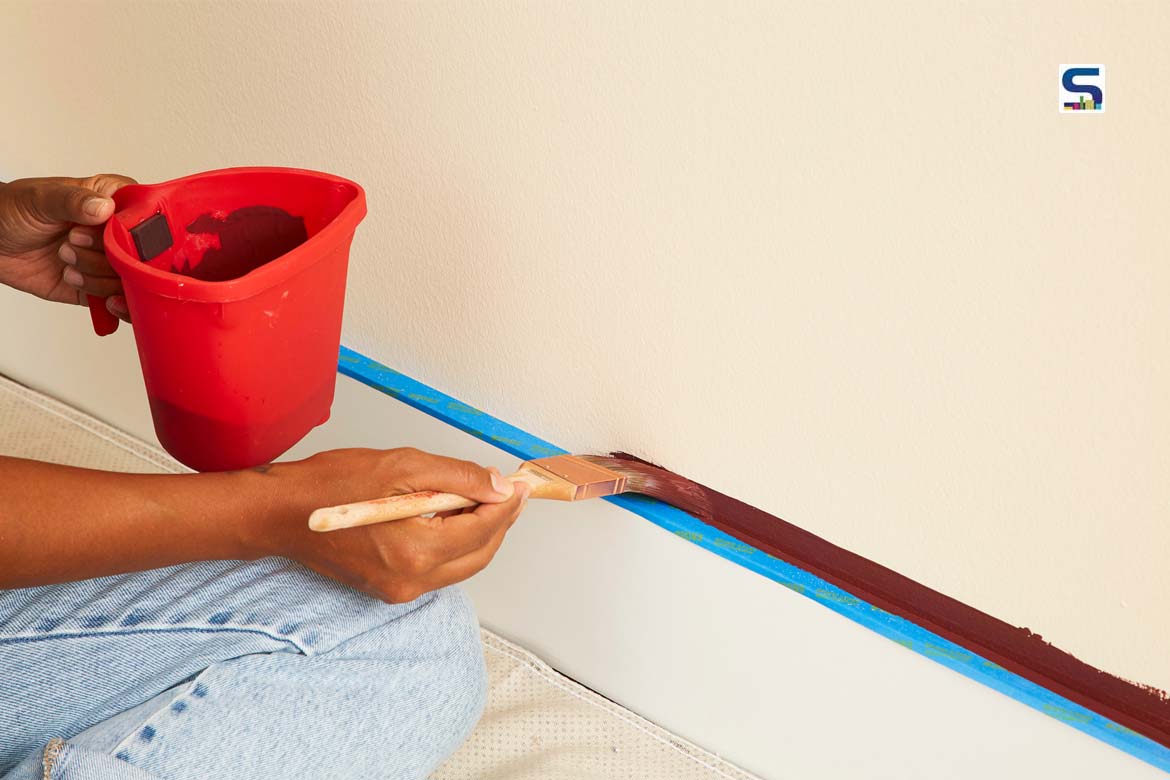
Painting on a soiled, un-prepped surface: Always make sure to wash or clean your walls before painting them. This way, the paint looks fresh and stays on better. Also, make sure to remove flaking or peeling paint from the walls before applying a new coat. Glossy surfaces also need to be scrapped beforehand otherwise the paint will not stick well on the walls. Use a primer to remove any stains from the wall or when choosing a darker tone.
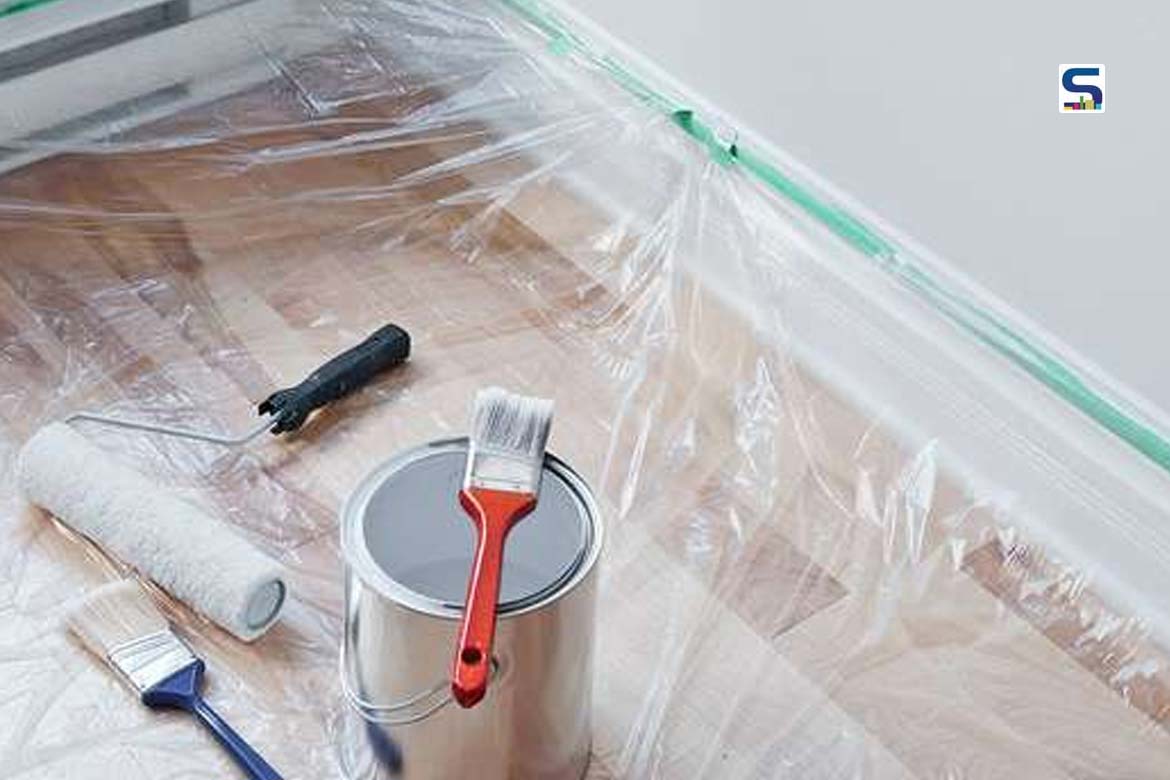
Not using tape: First-time painters and amateurs forget to apply tape around window sills, door frames and at every other necessary place where clean edges are needed. One should always apply tape wherever needed to avoid sloppy looking walls and ceilings.
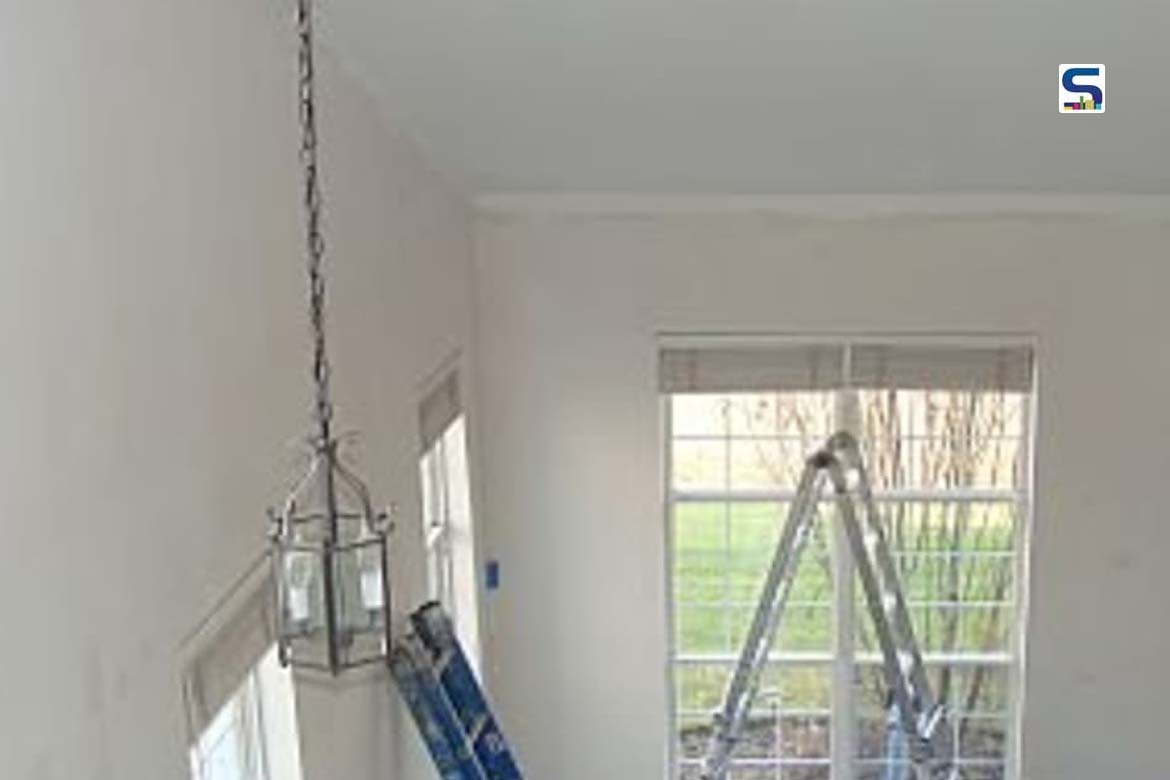
Painting your walls surely takes a lot of thinking and effort but keeping these steps and mistakes in mind while planning to paint your walls might help you a lot. Lastly, you must always clean your brushes and rollers deeply and keep them nicely packed until you plan to paint your walls again. So, what are you waiting for? It’s time to get your paint on!